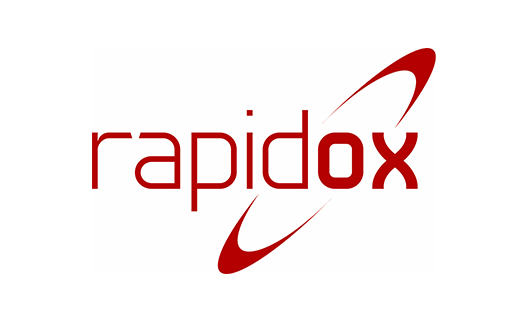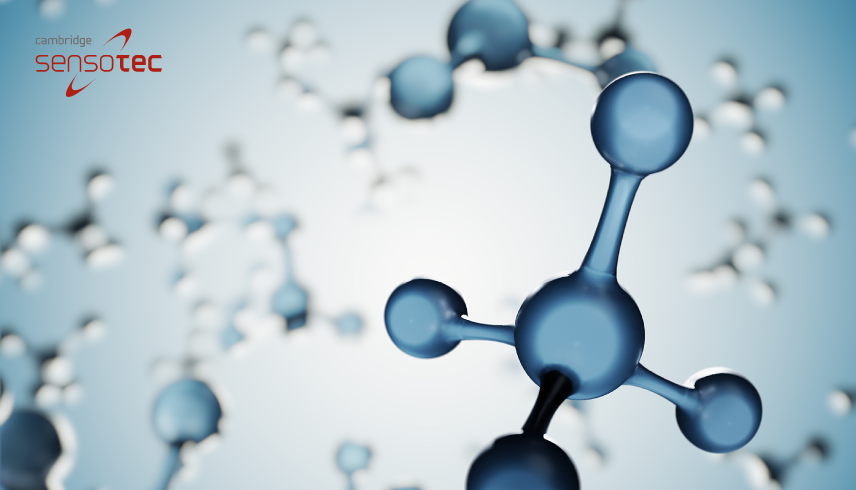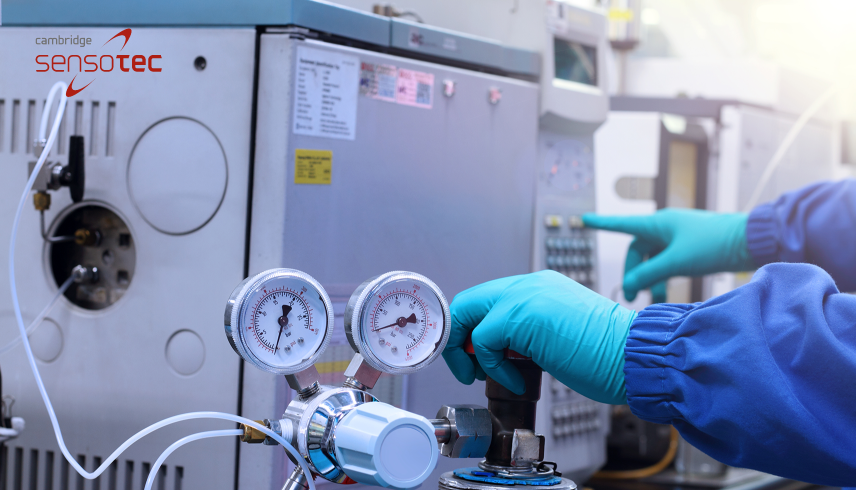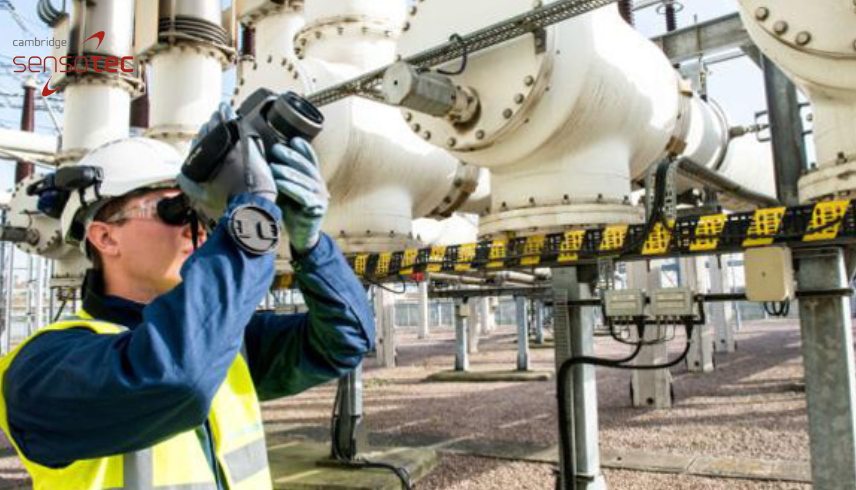
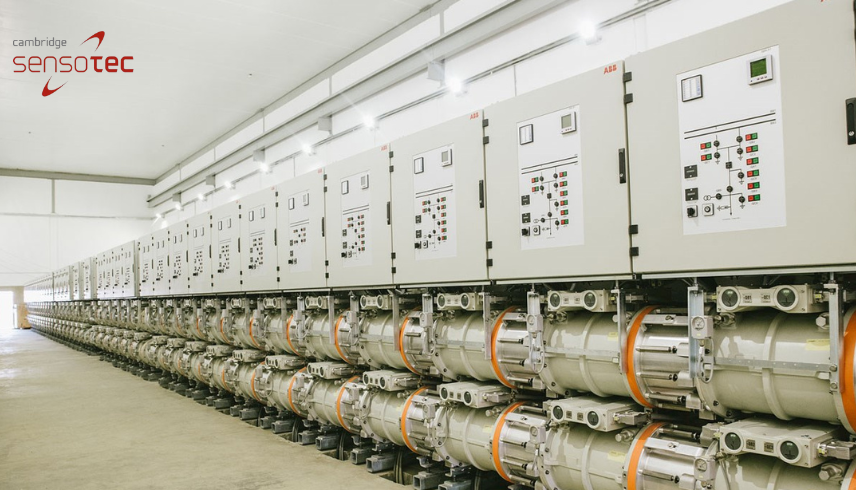
Clearing the Air: Understanding Dry Air Solutions in Gas Insulated Switchgear
Gas Insulated Switchgear (GIS) stands as a cornerstone in modern electrical power systems, ensuring the efficient and reliable distribution of electricity across various industries. However, amidst the complexity and criticality of GIS operations, one persistent challenge looms large: moisture in gas insulation. This moisture intrusion can trigger a cascade of performance issues, leading to equipment failure and downtime. In response to this challenge, the adoption of dry air solutions has emerged as a proactive and effective method for maintaining the integrity and reliability of GIS systems. Let’s embark on a journey to explore the world of dry air solutions and unravel their significance in GIS applications.
The Moisture Menace: Understanding the Problem
Moisture is a big problem for GIS performance. It can cause things like partial discharge, corrosion, insulation breakdown, and even equipment failure. Moisture can get into the gas insulation in many ways, like if things aren’t sealed properly, there’s condensation, or the insulation materials get old. This puts GIS operators in a tough spot. They have to do things beforehand to stop moisture from causing problems and make sure their systems stay reliable for a long time.
Introducing Dry Air Solutions: A Simple Fix
Dry air solutions are like a breath of fresh air in the fight against moisture in GIS systems. Instead of using regular gas insulation, dry air is used to cut down on the risk of moisture causing issues. Dry air solutions usually mean cleaning and drying out the air before putting it into the GIS system. This careful process helps keep the insulation in good shape, so the system works well in different situations.
The Benefits of Dry Air Solutions
Using dry air solutions in GIS systems has a lot of advantages:
- Better Reliability: Dry air solutions help keep moisture out, making GIS equipment more reliable and lasting longer. This means fewer times when the equipment is down and needing repairs.
- Saving Money: With fewer moisture problems, GIS operators can save a lot of money over time. They won’t have to spend as much on fixing things, which makes their operations more efficient and profitable.
- Safer Operations: Dry air solutions make GIS systems safer by reducing the chances of insulation breaking down or equipment failing. This creates a safer environment for everyone working with the equipment.
- Helping the Environment: Dry air solutions are better for the environment because they don’t need sulfur hexafluoride (SF6), which is a harmful greenhouse gas. Using dry air instead helps fight climate change and supports sustainability efforts.
Cambridge Sensotec: Leading the Way in Dry Air Solutions
At Cambridge Sensotec, we’re leading the charge in dry air solutions. We use advanced gas analysis technologies to help GIS operators all over the world. Our solutions let operators keep an eye on moisture levels in dry air, making sure their systems work well and are reliable. With our dedication to innovation and excellence, we give GIS operators the tools they need to tackle moisture problems and succeed in the ever-changing energy world.
Conclusion: Moving Forward with Reliability and Resilience
Moisture is a big deal in GIS systems, but dry air solutions offer a way to deal with it proactively. By using dry air instead of regular gas insulation, GIS systems can be more reliable and sustainable. With Cambridge Sensotec’s help, GIS operators have what they need to make the most of dry air solutions and keep their systems running smoothly for years to come.
Take the Next Step towards Dry Air Solutions
If you’re ready to improve the reliability and efficiency of your GIS systems with dry air solutions, get in touch with Cambridge Sensotec today. Our experts can show you our innovative technology and how it can help you with your specific needs.
Contact us now to schedule a consultation with our experts and embark on the journey towards a more resilient and sustainable energy future.
